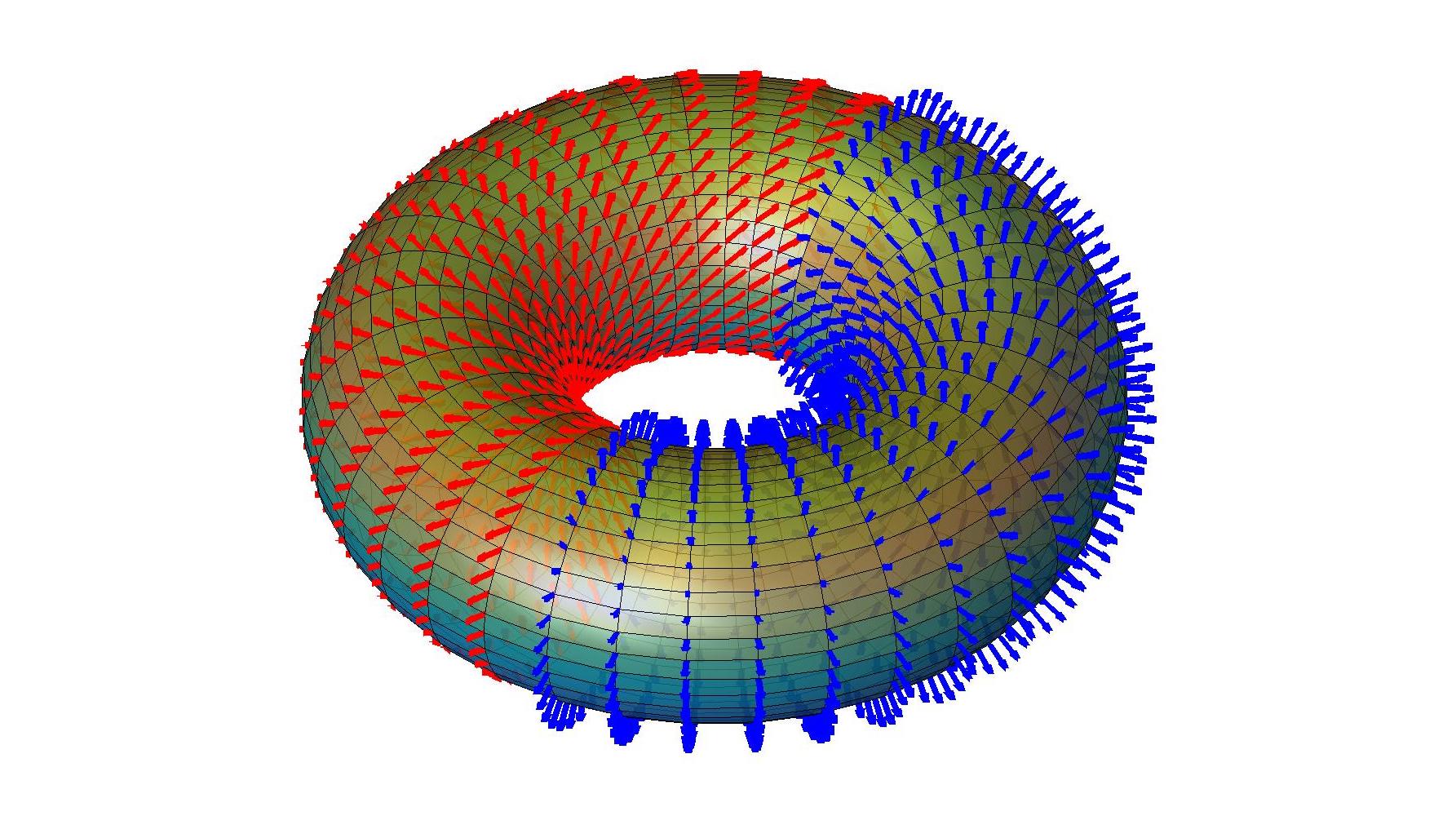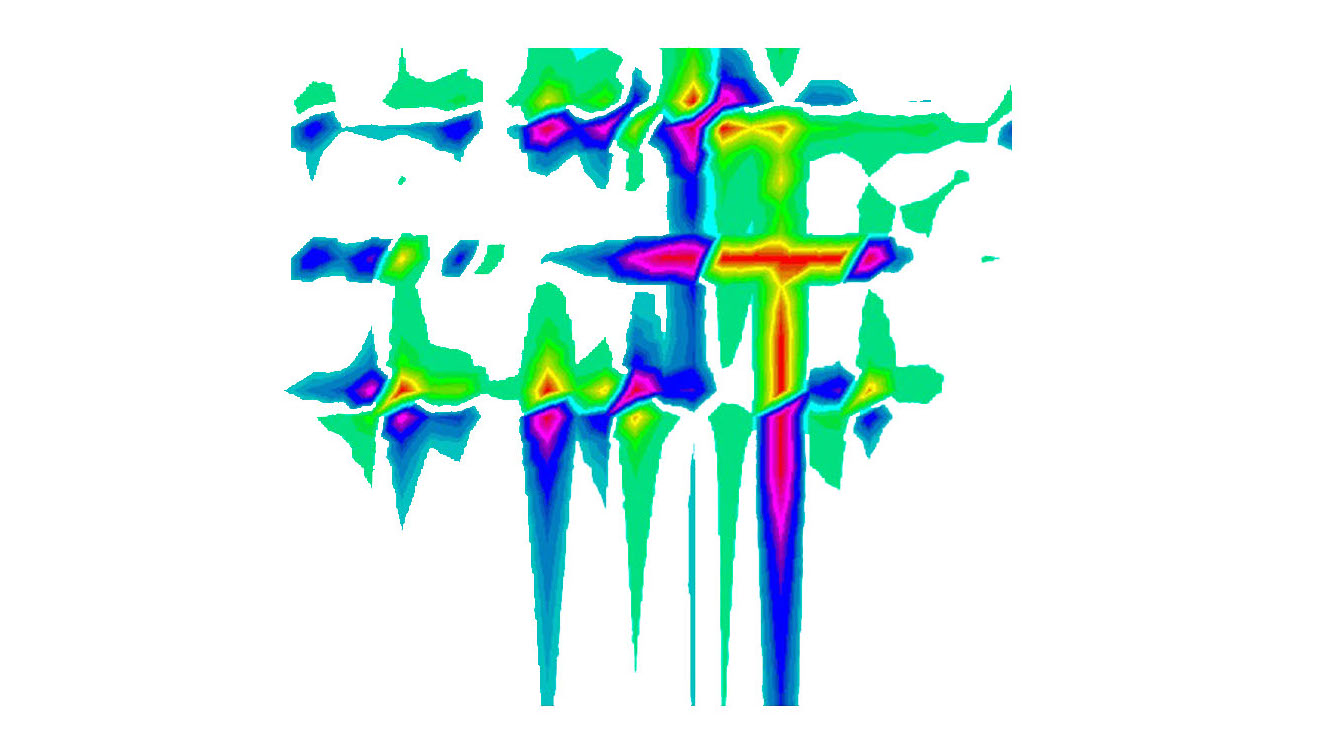What types of molecular phenomena exhibit universalities that are robust against experimental perturbations?
In the last decades, condensed matter theory has witnessed a renaissance fueled by the introduction of a powerful set of concepts rooted in geometry and topology. In particular, the characterization of a broad class of solid state phenomena in terms of Berry phases has provided an elegant and unifying conceptual framework to understand certain physical properties of materials which are protected against imperfections or disorder.
Berry phases have a longstanding history in theoretical chemistry, routinely appearing in discussions of conical intersections between potential energy surfaces of molecules. However, unlike their solid state counterpart, little has been discussed about topologically protected molecular phenomena. In our group, we have pioneered the study of such effects for exciton and polariton energy transport in organic materials, as well as for the characterization of vibronic properties in Jahn-Teller molecules. This research is at its infancy and we hope to discover more topologically protected phenomena in molecular systems.



